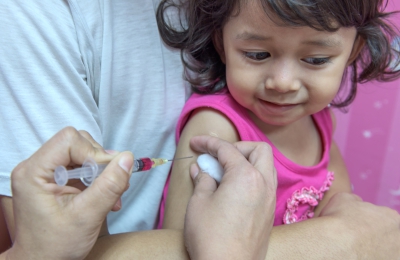 Signs that indicate Juvenile Diabetes
Signs that indicate Juvenile Diabetes
Juvenile diabetes or type 1 diabetes in children is an endocrine illness that has numerous long term complications if it is not managed properly. In recent studies, it was found that there is a slow but steady increase in the number of cases of type 1 diabetes in children below 14 years.
It is rare for parents to be concerned about the symptoms of diabetes in children, but it is a day to day reality for some. Type 1 diabetes in children is a rarity, but is something that’s prevalent.
Juvenile diabetes needs efficient management for better outcomes and it is very important for parents to understand the symptoms, the daily management, and the long term goals of the treatment plan.
What is juvenile diabetes?
Type 1 diabetes in children is an insulin-dependent diabetes that is caused due to an insulin insufficiency. It is characterized by high blood glucose levels, and is caused due to genetic causes, exposure to some viruses, and autoimmune conditions. Type 1 diabetes in children causes imbalances in metabolism of fats, carbohydrates, and proteins.
Type 1 diabetes has no cure, but it can be managed with medications; however, improper management can lead to complications like:
- Hypoglycemia.
- Hyperglycemia.
- Diabetic Ketoacidosis.
- Psychiatric problems.
- Diabetic Neuropathy.
- Diabetic Nephropathy.
- Diabetic Retinopathy
- Vascular Complications.
- Heart Illnesses.
Since type 1 diabetes in children can be acute in presentation, it is very important for parents to recognize the signs and symptoms of diabetes in children early on. Parents have to be concerned if their children have recurrent infections of the skin, are constantly lethargic and drowsy, and have blurry vision.
Symptoms of diabetes in children:
- Increased appetite.
- Excessive urination.
- Irritability and change in behavior.
- Weight loss.
- Fruity smelling breath.
- Blurry vision.
- Fatigue.
Treatment for type 1 diabetes:
When parents notice any telltale signs of type 1 diabetes, it is vital to consult a diabetologist immediately. Since the prediabetic phase of juvenile diabetes is small, children might benefit with early interventions.
In some cases, it was found that early interventions like immunosuppressant therapies, steroids, and cyclosporins work. However, in most cases, it needs lifetime management. The treatment goal is maintaining normal blood glucose levels and avoiding complications in the long term.
It is also important for parents to understand the intricacies of insulin therapy. They should have a good understanding of onset, peak time and duration of insulin therapy.
Ultimately, management of type 1 diabetes in children is a balancing act between the aspirations of the parents for the physical growth of the child and the need to restrict calorie intake.











